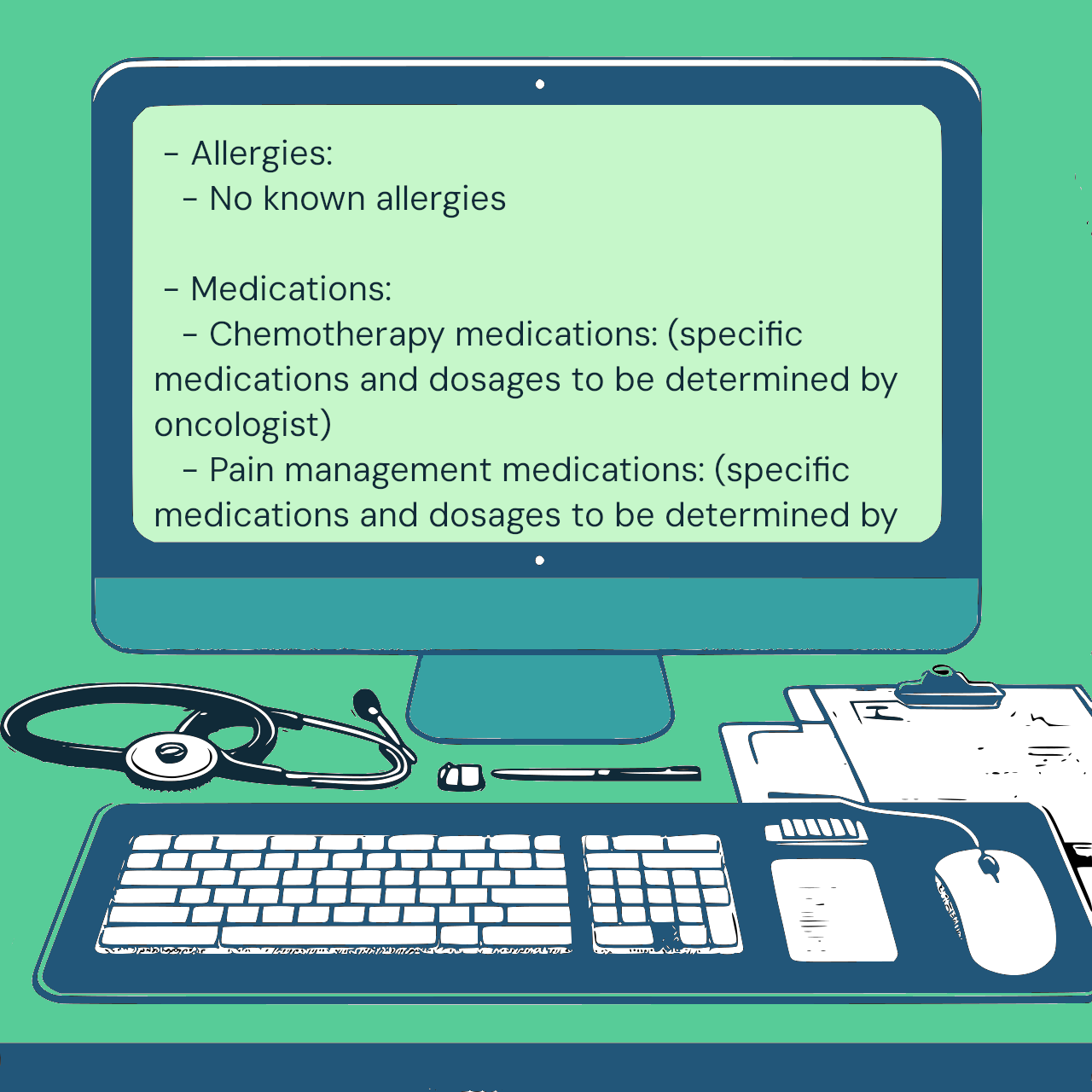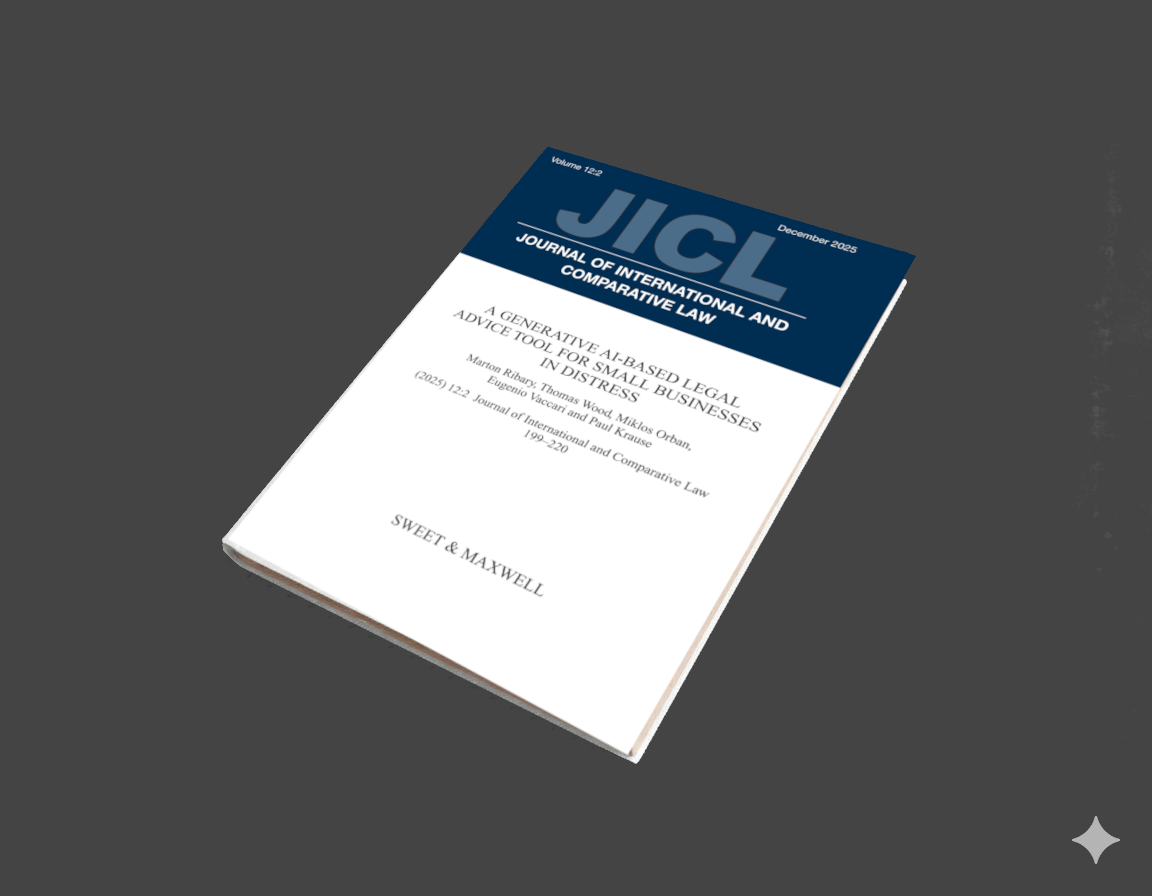
Informatics and data science in any sector, and not just healthcare, are two very distinct fields. While informatics focuses on coming up with systems for the collection, storage, and management of data, data science is all about using the right tools to gain valuable insights through complex analytics. So, when we attempt to understand healthcare data science vs. healthcare informatics – the former is used to analyse data in order to find real-world solutions to problems, while the latter simply provides the infrastructure for it.
Some people tend to use “data science vs. health informatics”, which is, in fact, a mistake as they are both very different. This expansive article explains healthcare data science vs. healthcare informatics from a broad perspective to help you truly understand how they stand apart in the healthcare sector, and how the two domains may intersect when it comes to data-focused decision-making.
Before anything else, let’s quickly try to understand why people often believe healthcare data analytics (data science) and healthcare informatics are the same:
Healthcare data analytics or data science specifically refers to the variety of methods used for processing data in a healthcare setting. You could, perhaps, say that healthcare data science is integrated into healthcare informatics in the grand scheme of things, although they are certainly not the same.
So, in the data science portion of the equation, we are merely concerned about the different ways in which we can manipulate, synthesise, describe, and assess data – while not taking into account the associated systems or the development and maintenance of the data we are working with. Therefore, it is more strongly associated with the science involved in healthcare data analysis – i.e. data semantics, mining, manipulation, statistics, etc.
If someone were to try and understand healthcare data science or data analytics in a fairly simple way then it is the study of the methods and techniques used for analysing healthcare data, discovering new insights and knowledge, linking data according to semantics, and describing it in an interpretable way to managers, decision makers, and stakeholders.
As for healthcare informatics, we can think of three common definitions which are typically referred to:
Does all of this “healthcare data science vs. health informatics” discussion sound confusing? It could be, particularly if you’re not well attuned with the world of data science – which is why we’re going to set the record straight with these very easy-to-understand definitions to help identify the key differences between them.
Well, IBM prefers this definition and we strongly agree:
A multidisciplinary approach to extract actionable insights from massive volumes of data created and collected by today’s businesses. The process oversees preparation of data for the purpose of analysis and processing, where advanced data analysis help reveal specific patterns, thus, allowing key decision makers and stakeholders to draw conclusions which may serve as the basis for better, more informed decisions.
Individuals working in the field of data science are called data analytics professionals, whose job is to uncover patterns and trends in very large data sets. The insights they extract from this data can help to identify problems and make forecasts which can improve everything from sales and marketing activity to better revenue generation and improved efficiencies.
Manufacturers, for instance, use data science to optimise their supply chains, financial management institutions use it to make better stock market predictions, and healthcare organisations use it to improve patient care (among other things).
Data scientists are typically tasked with designing, building, and operating programs which are needed to analyse huge volumes of data. They have a strong background in deep learning (DL), machine learning (ML), data mining and computer science. They boast vast knowledge on multiple programming languages, some of which can be very complex, and are well-versed in advanced statistical analytics.
Data science is quite expansive in the sense that it branches out into many fields apart from ML, data mining or AI, for example, including:
Natural language processing
Some data scientists apply advanced ML concepts and methods such as neural networks, logistic regression, decision trees, and supervised machine learning to help solve complex business problems.
They also work with unstructured data, extracting crucial insights from images, video, social media posts, customer reviews, etc. to allow healthcare businesses to better serve their patients and stakeholders.
The above examples and applications should now give you a much clearer picture of what data science is and how it may be applied in a healthcare setting.
Informatics may be thought of as the “human” aspect of data science, which is something businesses use to design and solve day-to-day issues through technology.
Informatics uses big data queries generated through data science and creates actual programs, databases and systems for healthcare businesses to use.
Both biomedical informatics and health informatics, when combined, take the ‘basic bits’ from informatics and apply them in a number of ways to the healthcare industry. The medical field is a complex maze or records and databases which are built from multiple sources. And, therefore, health informatics integrates data science technology to organise all these divergent sources into a single, unified system, which can be accessed by everyone from nurses, physicians, and doctors to administrators and insurance companies.
The management of information systems in healthcare requires a highly specialised skills set and training. After all, the data has to be held secure in a patient database, not only protect patients’ privacy but also comply with HIPPA laws, and that too without putting too many limits on critical provider access.
EHRs (electronic health records) are now being used all across the healthcare industry, and have dramatically changed the way patient recordkeeping is done. However, with so many different formats and systems available to use, this has created a number of challenges in effectively navigating and unifying vast volumes of patient data.

To address this, biomedical informatics and health informatics use the predictive power available within data science to find commonalities within medical data to effectively treat patients. When providers are able to quickly spot trends in the healthcare data they collect, it can lead to finding cures a lot faster and even saves lives – which may otherwise be not possible without healthcare informatics. Examples include sifting through patient records to determine likely outcomes of a specific treatment or to gain critical insights into post-operative procedures.
Healthcare information can be housed within different kinds of database systems, with a broad range of healthcare management roles to accompany. In the modern healthcare setting, health informatics roles include:
It is now quite clear why we often refer to health informatics as “interdisciplinary” – it encompasses medical science, information technology, and health services. The interdisciplinary approach allows providers to utilise the latest technologies to develop systems for healthcare delivery, management, and planning. The end result is vastly improved patient care outcomes and healthcare business performance.
To fully understand “data science vs. health informatics”, we need to ask ourselves:
What can I do with this data or what do I want to do with this data?
You see, data science is analytical in nature. It helps us to examine data in order to reveal actionable insights. Health informatics is when we apply that analysed information. So, the two bounce off each other, so to speak, in a modern healthcare setting – each complementing the other towards a common object, and that’s to improve operational efficiencies and clinical care.
On any given day, health informatics specialists use a variety of programs, databases and computer science skills to locate and manage data. Data analyst integrate health informatics into their work to devise and execute data captures which are acquired initially by health information technology. This helps to report on both current and future predictive outcomes using visual as well as written presentations.
Through healthcare data analytics, health informatics professionals can find patterns in data streams to come up with predictive models to improve patient care and hospital operations. Once they discover the desired insights, it can help healthcare organisations to improve efficiencies in terms of both clinical care and operations.
Health informatics professionals, or simply health informaticists, usually work either within healthcare facilities or healthcare systems, in addition to clinical areas and emergency rooms as well as nursing and physical therapy departments.
The Harvard Business Review describes data scientists as individuals who lay down a solid base for performing robust analytics, after which they use a variety of methods, including online experiments, to help healthcare organisations achieve sustainable growth. Moving further, they build ML pipelines and personalised data products which helps them to deeply understand what the healthcare business and its customers are all about. This, in turn, paves the way for better decision-making.
So, it’s fair to say that data science mostly revolves around the infrastructure, testing, and ML pipelines needed for decision making and for producing data-driven products.
In today’s technology-driven world, healthcare organisations of all scales and scope must understand the key differences between data science vs. healthcare informatics and what it means within a business context.
For a fact, both data analytics/science and informatics are essential for driving success and growth within a healthcare setting. Furthermore, healthcare organisations need to be up to speed on ‘data science vs. healthcare informatics’ because it will help them to better manage, analyse, and interpret data to – you guessed it – identify innovate ways to deliver the best care possible.
Again, some businesses believe that healthcare data science and healthcare informatics are terms which can be used interchangeably – but as we pointed out earlier – they are distinctly different, not just in concept but also in practice.
Just to quickly revisit some of the points we discussed earlier, data analytics or data science is all about conducting analysis on data, using either qualitative or quantitative methods to discover trends and patterns in that data. It requires health data analysts to have advanced knowledge for acquiring, managing, analysing, interpreting, and transforming data into timely, consistent, and accurate information.
Now, data informatics has different definitions, some of which we explored early on in the article. A common one, of course, is: the interdisciplinary study of designing, developing, adopting and applying IT-based innovations in healthcare – specifically, in terms of delivery, management, and planning.
Another definition is that it is a collaborative effort involving people, technologies, and processes to come up with trusted and reliable data which can be used for better-informed decision making. Therefore, informatics has to do with making use of data, knowledge, and information which can help in improving how healthcare services are delivered as well as boost patient care outcomes.
So, just like we discussed earlier, we feel it’s necessary to echo this again to really drive home this one very important point: where data analytics has to do with the actual analysis of any piece of data, data informatics is the actual application of the information discovered through that data.
In the healthcare industry, data analysts and healthcare informaticists are always in very high demand, as they use their extensive knowledge on databases, information technology, and information systems to design highly effective technology-based systems which can quickly father, store, interpret, and manage the day-to-day data generated while providing healthcare services to patients.
Data analysts find clever ways to capture and use such data (acquired through health information technology systems) within an organisation’s healthcare system or externally, displaying it through graphs and/or charts, which demonstrates to decision-makers and stakeholders how they can improve both clinical care/services and decision-making in future.
There’s absolutely no questioning the fact that what we do with data has an important effect on informatics, the larger healthcare sector, and society as a whole. Health informatics has been recognised for many years now, but analysts also realise that there is a lot of context to be unveiled beyond the actual data. To this end, it’s best that we see data science as a proper subset of informatics, as this is particularly true in the healthcare domain.
The workflows of both data science and informatics projects highlight their convergence (we’ll be discussing that too shortly):
Tags
data science vs. health informatics data science vs. healthcare informatics
Unleash the potential of your NLP projects with the right talent. Post your job with us and attract candidates who are as passionate about natural language processing.
Hire NLP Experts
A generative AI-based legal advice tool for small businesses in distress We are pleased to announce the publication of our paper A generative AI-based legal advice tool for small businesses in distress, in collaboration with an interdisciplinary team based in the UK and Hungary.

Thomas Wood presents the Clinical Trial Risk Tool before the November meeting of the Clinical AI Interest Group at Alan Turing Institute The Clinical AI Interest group is a community of health professionals from a broad range of backgrounds with an interest in Clinical AI, organised by the Alan Turing Institute.

Fast Data Science will appear at Ireland’s Expert Witness Conference on 20 May 2026 in Dublin On 20 May 2026, La Touche Training is running the Expert Witness Conference 2026, at the Radisson Blu Hotel, Golden Lane, Dublin 8, Ireland. This is a full-day event combining practical workshops and interactive sessions, aimed at expert witnesses and legal professionals who want to enhance their expertise. The agenda covers critical topics like recent developments in case law, guidance on report writing, and techniques for handling cross-examination.
What we can do for you